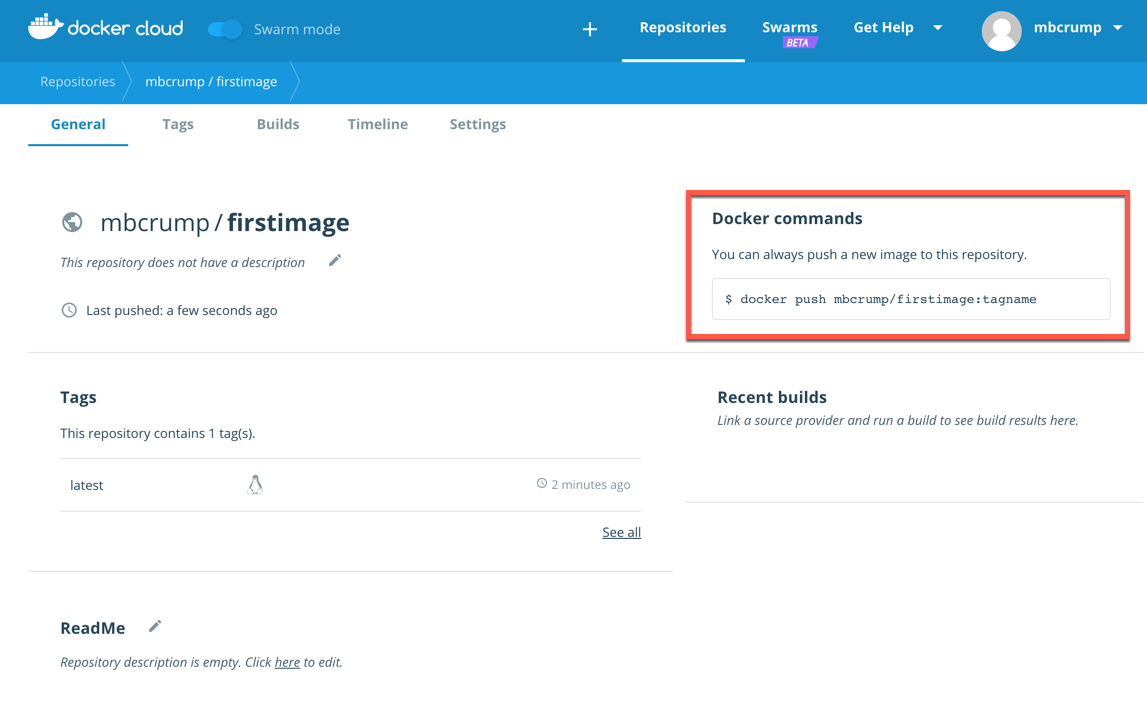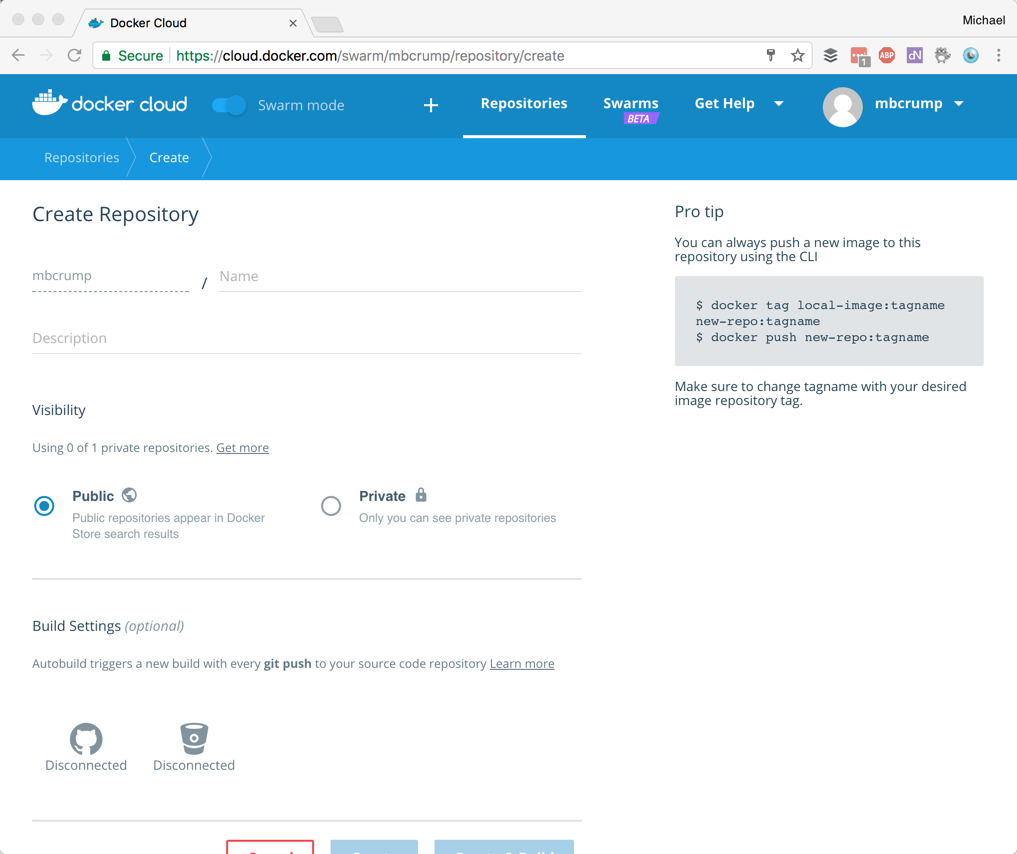Azure Tips and Tricks Part 48 - Pushing a Container Image to a Docker Repo
Intro
Most folks aren’t aware of how powerful the Azure platform really is. As I’ve been presenting topics on Azure, I’ve had many people say, “How did you do that?” So I’ll be documenting my tips and tricks for Azure in these posts.
The Complete List of Azure Tips and Tricks
Containers for the rest of us
For some reason, I find containers are confusing and my goal with my Azure Tips and Tricks is to try to make things easier. In this mini-series, I’ll walk you through Docker and how I use it with Azure. Below is a list of post that you can expect for this week.
- Azure Tips and Tricks Part 45 - Getting Started with Docker and Azure
- Azure Tips and Tricks Part 46 - Run an app inside a Container Image with Docker
- Azure Tips and Tricks Part 47 - Creating a Container Image with Docker
- Today - Azure Tips and Tricks Part 48 - Pushing a Container Image to a Docker Repo
Pushing a Container Image to a Docker Repo
Let’s continue where we left off in our last post, in which we created a new image that we can distribute that contains our new app. In this post, we’ll go ahead and push the image to a Docker repo to prep it for later.
Make sure you have a Docker account (It’s free) and type docker login at the terminal or command prompt to ensure we are authenticated.
Michaels-MacBook-Pro:~ mbcrump$ docker login
Login with your Docker ID to push and pull images from Docker Hub. If you don't have a Docker ID, head over to https://hub.docker.com to create one.
Username (mbcrump): mbcrump
Password:
Login Succeeded
Now in order to push to a new repo, you’ll need to tag the existing image. You can do so by typing docker tag mbcrump:mynewapp mbcrump/firstimage. Where mbcrump:mynewapp is the existing image that contains our new app and mbcrump/firstimage will be our repo name. Play close attention to the mbcrump/firstimage part as mbcrump is your Docker username.
Once that is complete, then use docker push mbcrump/firstimage to move it to a repository.
Michaels-MacBook-Pro:~ mbcrump$ docker push mbcrump/firstimage
The push refers to a repository [docker.io/mbcrump/firstimage]
1fd4467b1c0e: Pushed
0a3794bad5d4: Pushed
54f3762778cc: Pushed
88f0e0eb260c: Pushed
1361e5e30088: Pushed
52121b397f2e: Pushed
480d03264b1d: Pushed
a4212622fd11: Pushed
a4af43f268c6: Pushed
c2dca236d8e6: Pushed
d4417cb76edb: Pushed
0dc1ec77adb3: Pushed
a75caa09eb1f: Pushed
latest: digest: sha256:5458bbf2b1e35568c1542bc15551383737d379ddcd6e720d9701583925289157 size: 3060
Michaels-MacBook-Pro:~ mbcrump$
Great! Now you can log into your account on store.docker.com and if you click on repos, then you’ll see it.

You’ll see that it provides instructions to push a new version of the image as well as the commands to do so from the CLI.
To Recap what we’ve done so far
If you’ve been following the last four post, then we’ve went through the following steps:
- Installed and Setup Docker
- Verified installation through the CLI
- Took a look at the Docker Store
- Used an image from the Docker Store to build upon
- Ran a Container and created a .NET Core app to it
- Created a Shell Script to call the app through the new image
- Added our app to a new container image
- Called the app through the command line and executed our program
- Packaged up the image container to send to a Docker repo
- Pushed our image container to Docker through the CLI
I think we have a great foundation to keep building on this in the coming weeks and months. I hope you’ve learned a lot this week and I’ll see you next week.
Bonus: You can also go to store.docker.com and create a repository. You’ll also notice that they provide the CLI commands as well.

Want more Azure Tips and Tricks?
If you’d like to learn more Azure Tips and Tricks, then follow me on twitter or stay tuned to this blog! I’d also love to hear your tips and tricks for working in Azure, just leave a comment below.

Leave a Comment